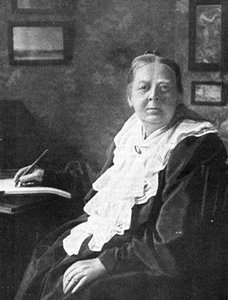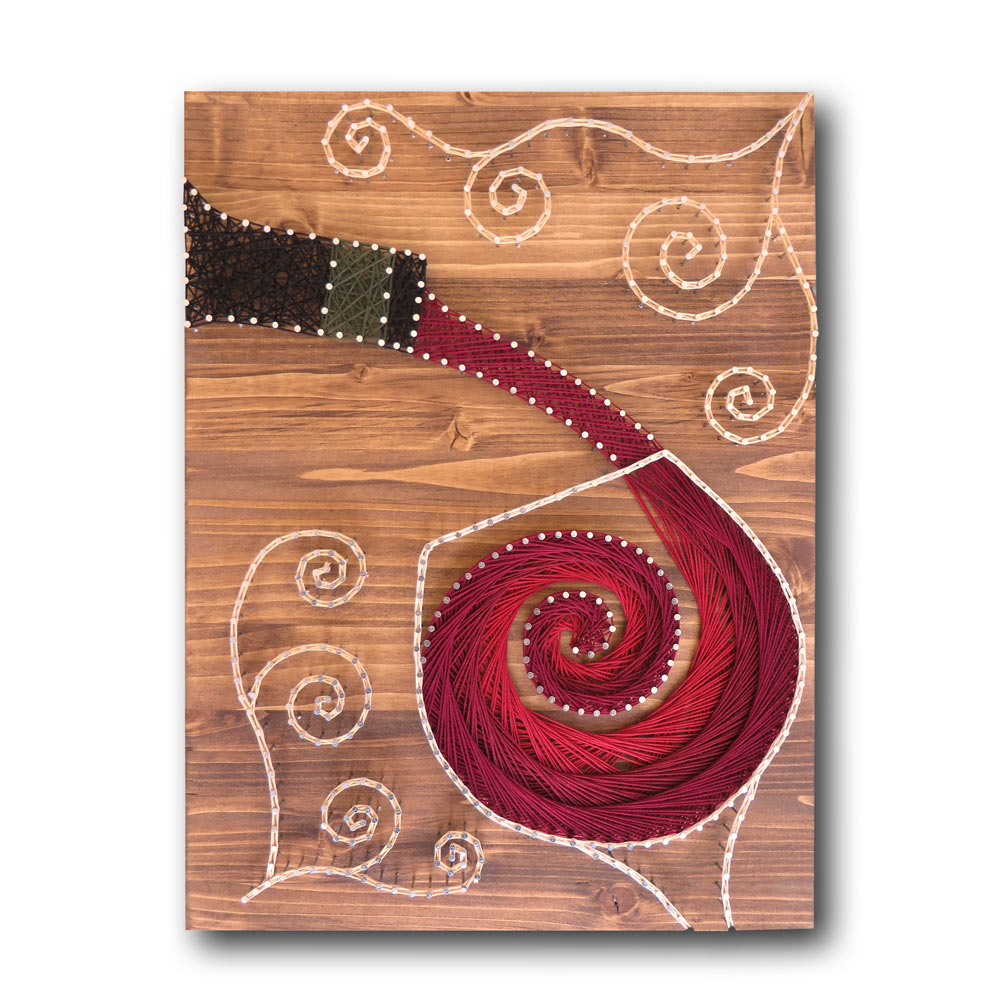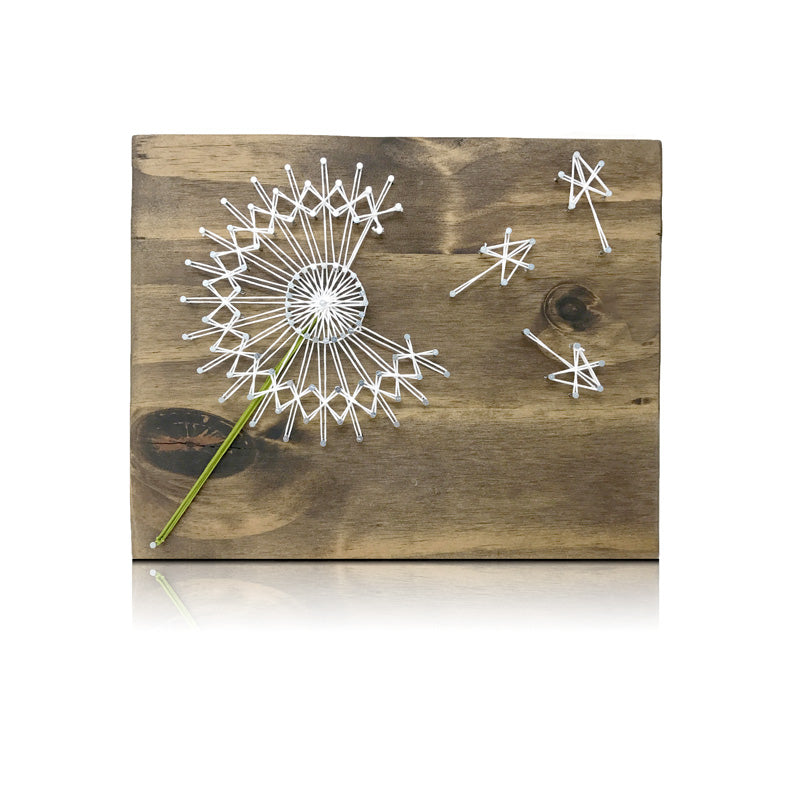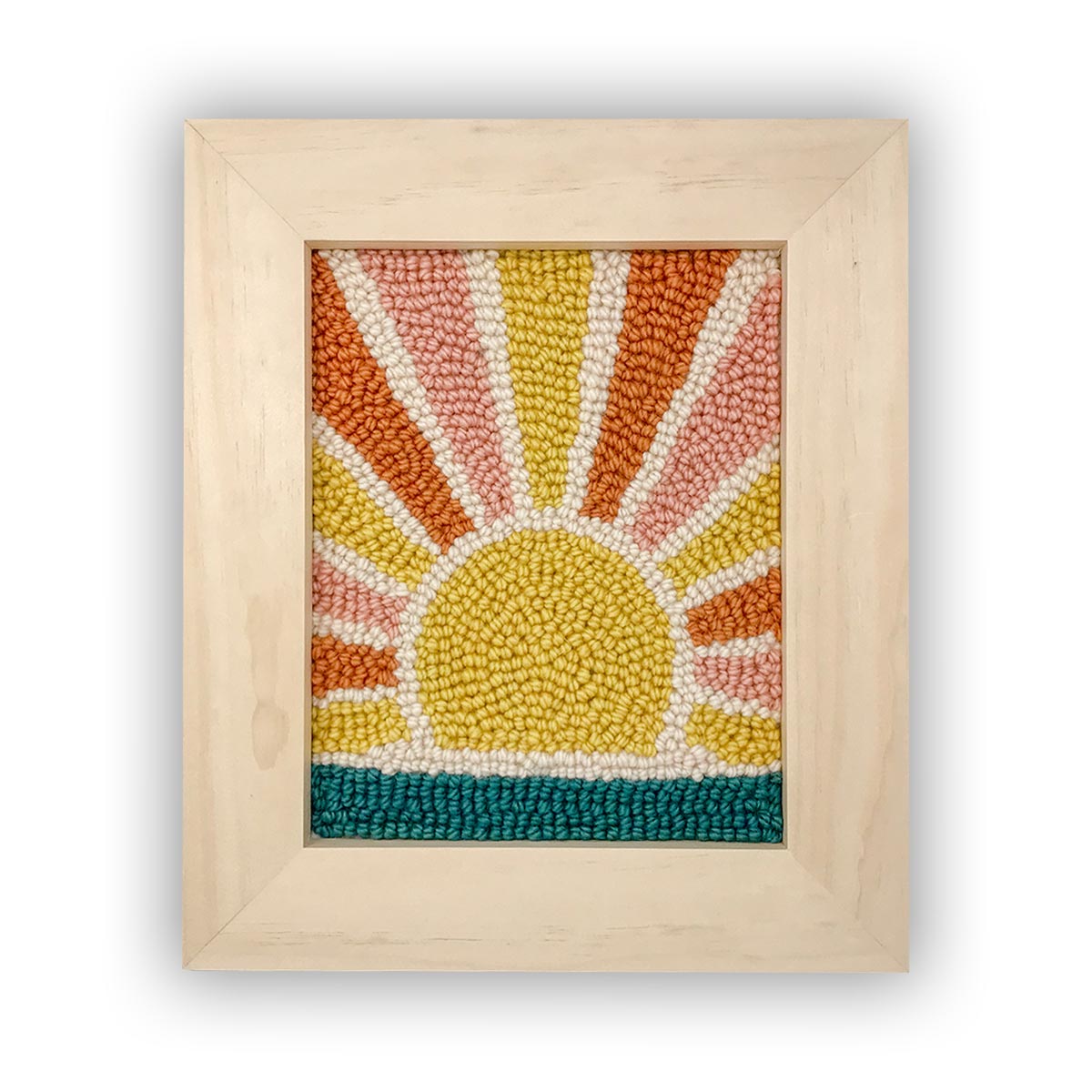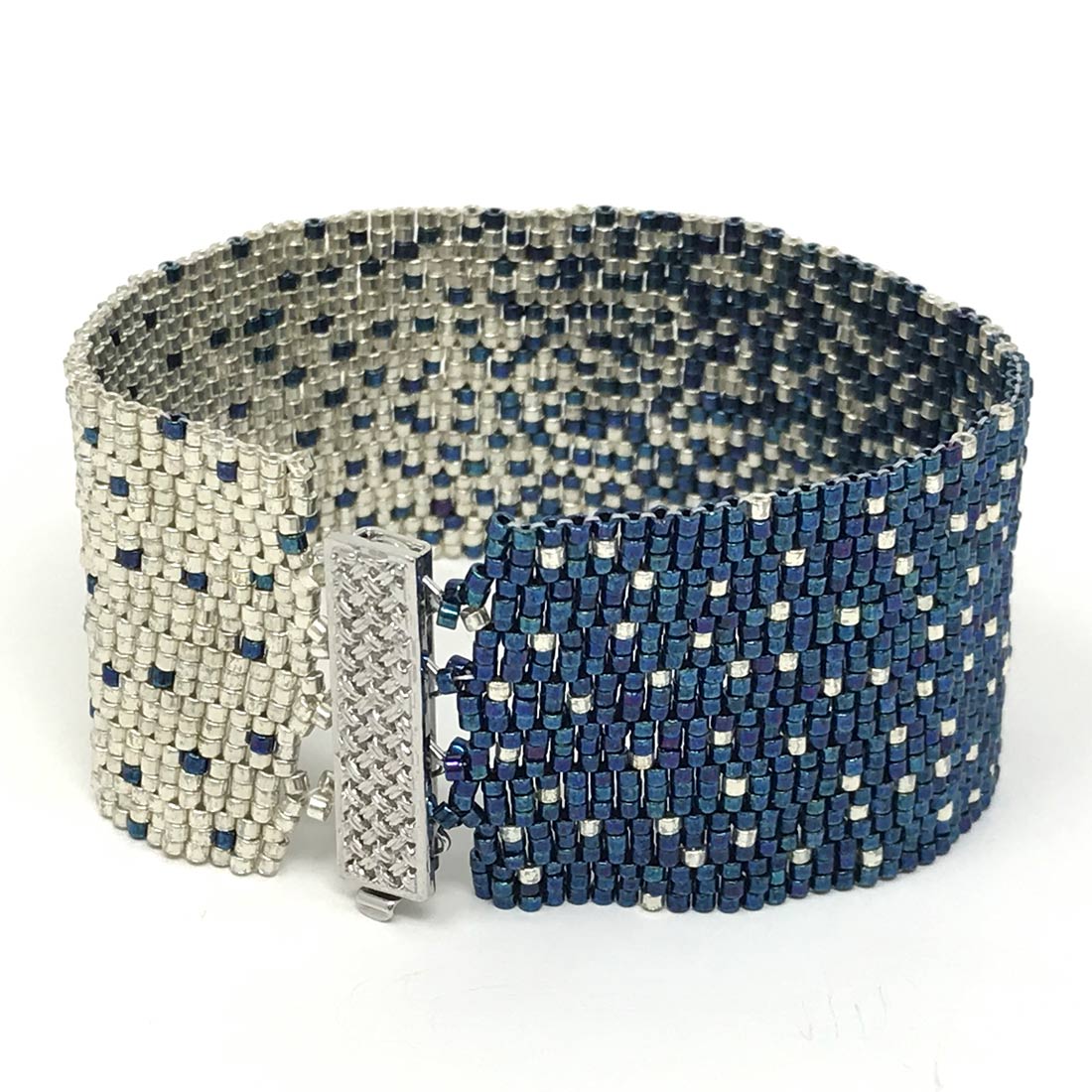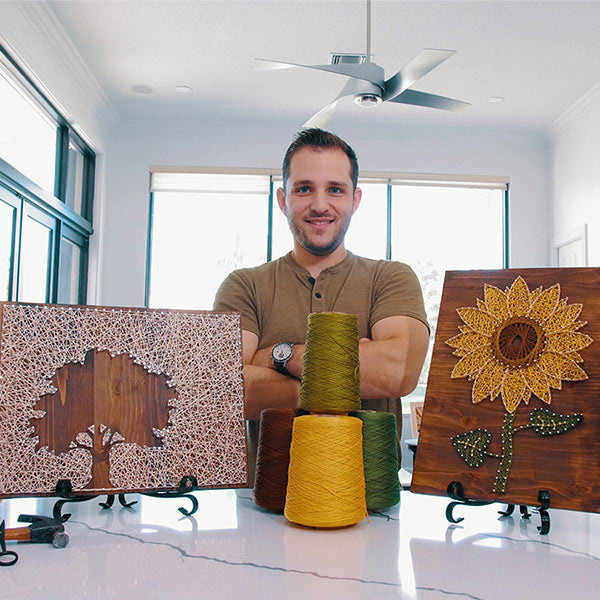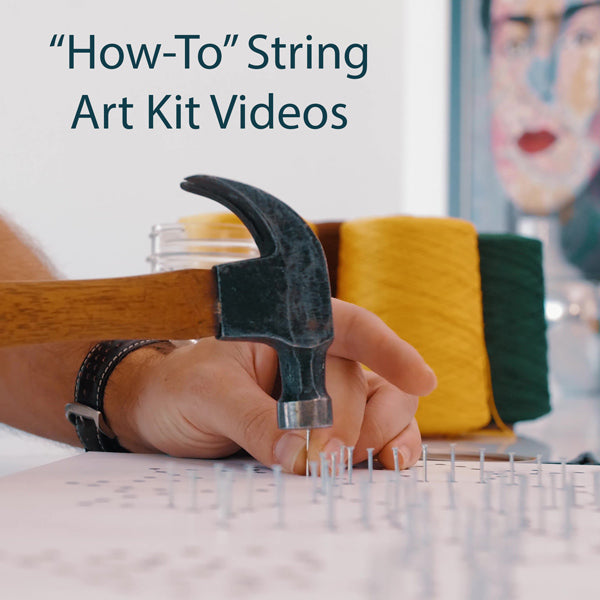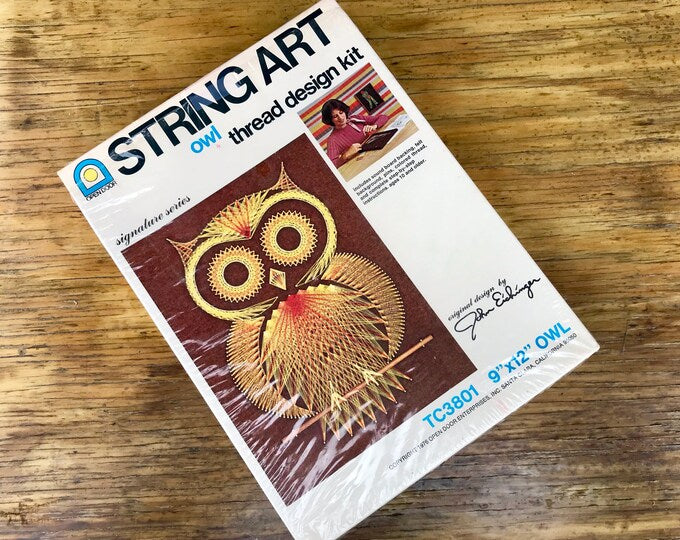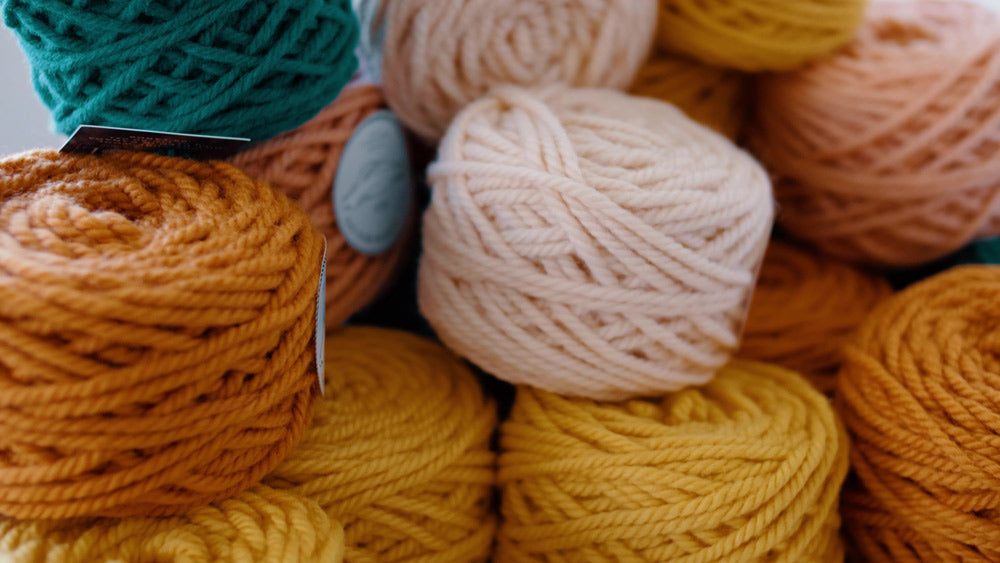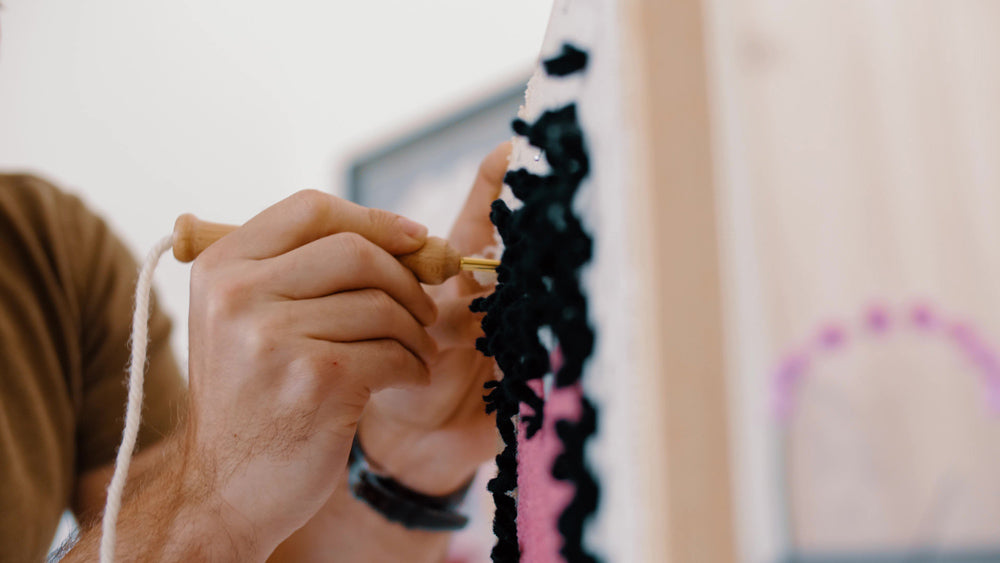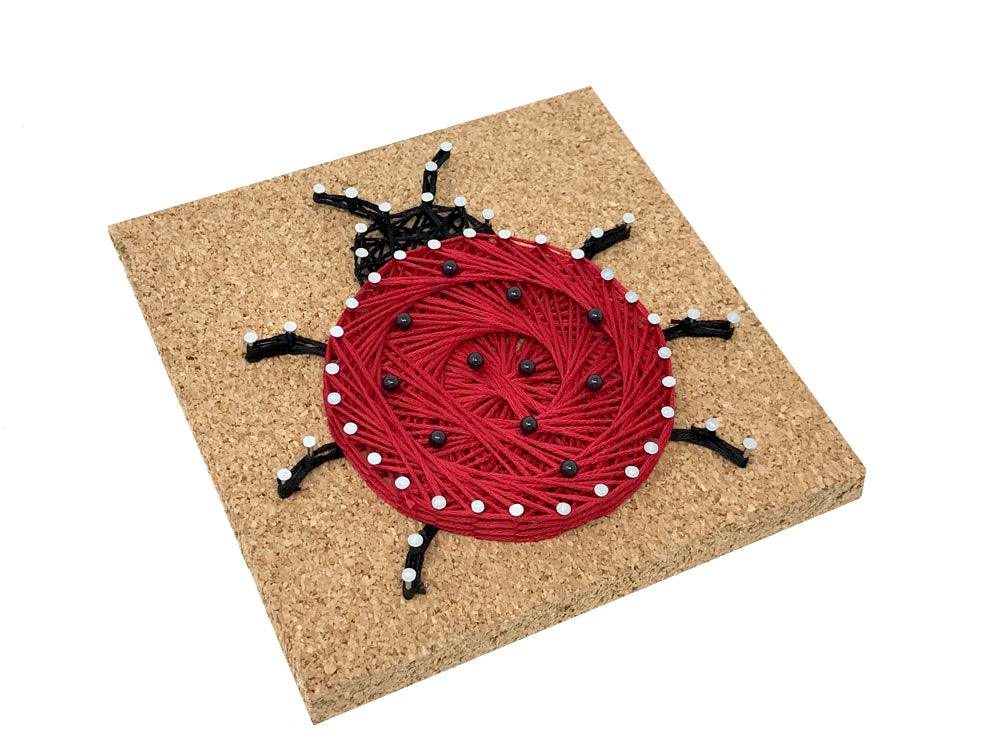Delving into the history of string art reveals an intersection of mathematics, art, and popular culture. Born as an educational method in the 1800s, it blossomed into a crafting phenomenon with lasting appeal. This exploration traces the pivotal transitions from its academic origins to its explosion in the DIY scene, providing insights into the craft’s enduring legacy.
Unraveling the Threads: The Inception of String Art

Travel back to the 1800s, when the foundation of modern string art was laid by Mary Everest Boole. Mrs. Boole was a mathematics teacher for a classroom of just young girls. She introduced ‘curve stitching,’ a revolutionary concept aimed at making mathematical ideas such as geometry more graspable.
Boole’s geometric curves was not just an academic tool; it laid the foundation for a decorative craft that would captivate millions worldwide.
From Math To Art

Fast forward to the 20th century and string art started to take on a life of its own as a form of artistic expression. In the 1960s, artists began working with the the string's straight lines to create geometric patterns which formed shapes and images.
The American Wave: String Art Kits and Popular Decor
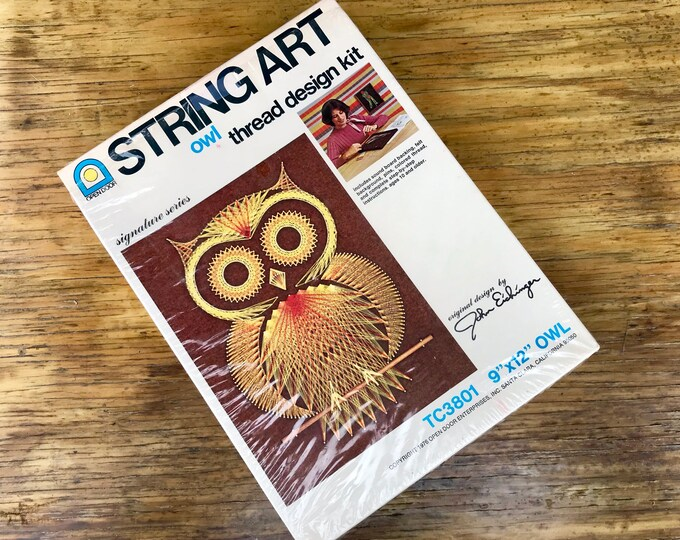
In the late 1960s, a pivotal moment for string art occurred when a company called Open Door Enterprises began offering string art kits to hobby crafters. American string artist John Eichinger who saw an opportunity for creative expression through geometric patterns crafted with strings and nails. Turning this art form into an accessible craft, simple for anyone to create, helped play a significant role in popularizing this unique form of artwork.
By the time it was the ‘70s, home made string art had become extremely recognizable. American households frequently displayed handcrafted pieces from these widely available kits.
These details became synonymous with that period’s string art:
-
Black or brown velvet backdrop
-
Complex designs resembling flowers, owls, sailboats, dragonflies, and parrots
-
Fine strands of string with pins
-
Geometric style focused designs
This period of string art encompassed a geometric style. Straight lines would form shapes ranging in flowers or sails. The string art kits focused on crafting elaborate patterns and that allowed the creators to make various shapes.
Despite its dominance then, interest in creating geometric pattern-based shapes using string gradually waned, so much so that publications dedicated to this craft ceased to exist in the early 1980s. Nevertheless, in the 2010s there came about a revival marked by a new and rustic style that involved freeform designs using raw stained wood, exposed nails, and yarn or embroidery floss.
Modern Twists on Traditional Techniques
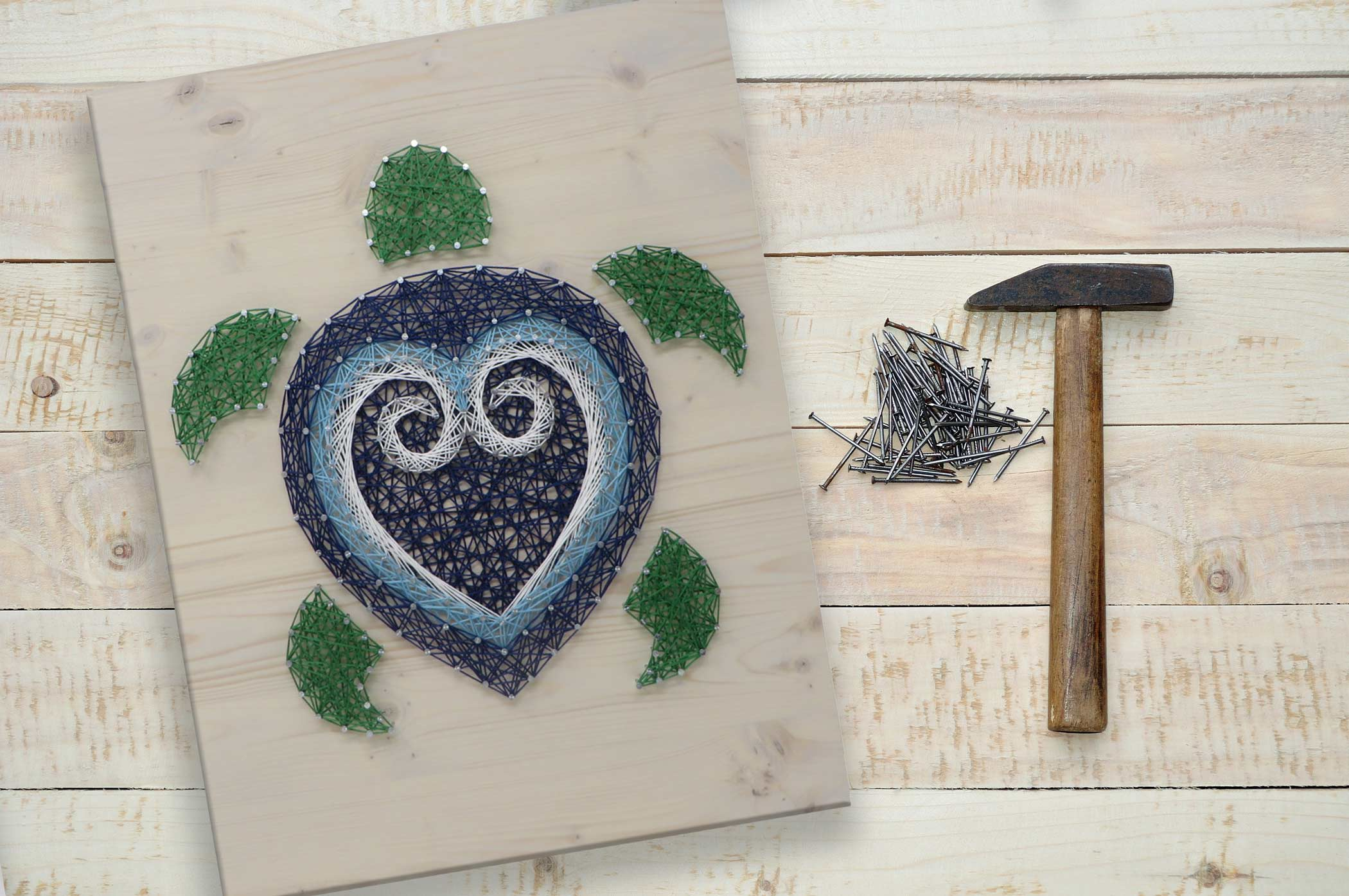
Now if you search "string art" on google or browse through our string art kits you will see wood, nails, and less geometric patterns (but we didn't go completely away from them).
The concept of ‘string mandalas’ by American artist John Eichinger significantly contributed to the modern popularity of string art. This innovation merged traditional geometry with contemporary appeal.
Current string art trends reflect this creative freedom. Artists are not just creating geometric designs, but are also exploring new patterns, promoting a mix of creativity and mathematical insight. This exploration has resulted in forms that range from:
The Science of Symmetry: String Art as a Teaching Method
String art serves not only as an aesthetically pleasing craft, but also as a powerful educational tool, enhancing students’ grasp of geometric principles, symmetry, and the interplay between points, lines, and angles. As students advance in their skills, string art can evolve to include intricate shapes such as parabolic curves and radial patterns. This progression makes it suitable for a broad spectrum of ages from young learners to high schoolers. The use of tools like rulers and compasses along with software like Geometer’s Sketchpad supports precise creation in string art projects while integrating various mathematical concepts.
The act of completing string art projects immerses learners in an interactive learning experience that solidifies their comprehension of geometry and fractions through an engaging visual medium. Consequently, due to its dual nature that combines education with enjoyment seamlessly transitions into classrooms maintaining popularity as both teaching aid’s effectiveness is evident by its continued presence in classrooms where it blends instructional value with amusement effortlessly.
Summary
From the simple curve stitching of Mary Everest Boole to the intricate designs of contemporary artists, string art has proven to be a timeless blend of art and mathematics. It’s a craft that has fascinated generations, served as an effective teaching tool, and continues to inspire creativity in the 21st century.
As we unravel the threads of string art, we can only marvel at the intricate tapestry it weaves—a tapestry of history, geometry, creativity, and continuous innovation. As string art continues to evolve, who knows what fascinating designs the future holds?
Frequently Asked Questions
What is the basic of string art?
String art involves taking a wooden board to serve as the foundation of your piece and meticulously positioning nails on which you wrap string around them to construct your artistic design.
This method offers an enjoyable and imaginative approach to crafting stunning patterns!
What is the purpose of string painting?
Encouraging children to play with colors, textures, and patterns through string painting is an excellent method for bolstering fine motor skills and promoting cognitive growth. It offers a hands-on experience that captivates their attention while they explore various artistic elements.
What are some interesting facts about string art?
String art is an exciting form of art invented by Mary Everest Boole. It was created to make mathematical concepts more accessible to children and uses colored string, wool, or wire to create geometric patterns. It involves using string held between nails hammered into a base board.
Amazing, right?
What is the history of string art?
In the late 19th century, Englishwoman Mary Everest Boole devised string art to help children grasp mathematical concepts more easily. This decorative craft became widespread in popularity during the late 1960s via kits and books. It employs colored strings, wool, or wire to form geometric patterns.
Who invented string art?
Mary Everest Boole is credited with laying the foundation for modern string art with her curve stitching in the mid-1800s. She is considered the inventor of string art!
